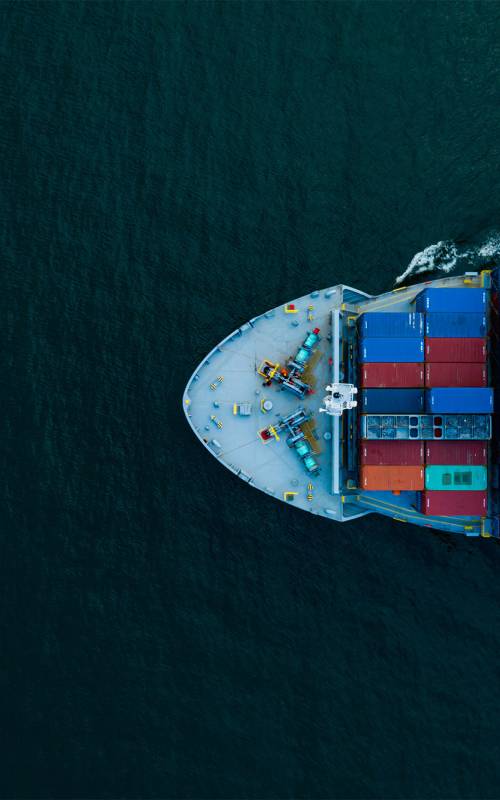Information on ports in Argentina
Argentina destination for sea transport
The port of Buenos Aires is the most important port in the Republic of Argentina. Buenos Aires is also the country's industrial, financial and cultural centre.
Port in Argentina very busy
The port of Buenos Aires is also one of the busiest ports in the world, with links to Brazil, Paraguay and Uruguay via a navigable river system to the largest distribution centre on the South American continent. An important part of the port of Buenos Aires is the manufacturing industry. Meat, dairy products, wool, leather, grain and tobacco are produced in the region, and agricultural and industrial products are also traded outside the city limits of the largest metropolis in the Republic of Argentina in the port of Buenos Aires. However, the weak transport infrastructure usually causes long queues of trucks at the port, and container ships also have to anchor at sea before they can finally enter the port through the narrow shipping channel. More than 2300 ships are handled annually in Argentina's main port. About 6.8 million tons of import and 5.9 million tons of export freight are handled on average per year. The majority of the cargo handled was general cargo with a volume of 10.8 million tons. Container handling with more than 1.1 million TEUs is also very important in the port of Buenos Aires. In Argentina, this port imports around 2.8 million tons of finished goods, 1.8 million tons of fuels and large quantities of chemical products, iron, steel, automobiles and automobile parts, while 3.4 million tons of finished goods, 0.75 million tons each of meat, fruit and juices, and wood and timber products are exported.
Expansion of the port in Argentina is planned
Terminals 1 and 2 were extended to meet the ever-increasing demands of the Republic of Argentina's most important port. The terminals cover an area of 43 hectares and are operated 24 hours a day. They have five docks with a quay length of around 1.3 kilometres and a depth of 9.8 metres for container ships, as well as three additional berths for container ships and multipurpose freighters, and eight gantry cranes. The terminals handle an annual capacity of 478,500 TEU of container freight.



